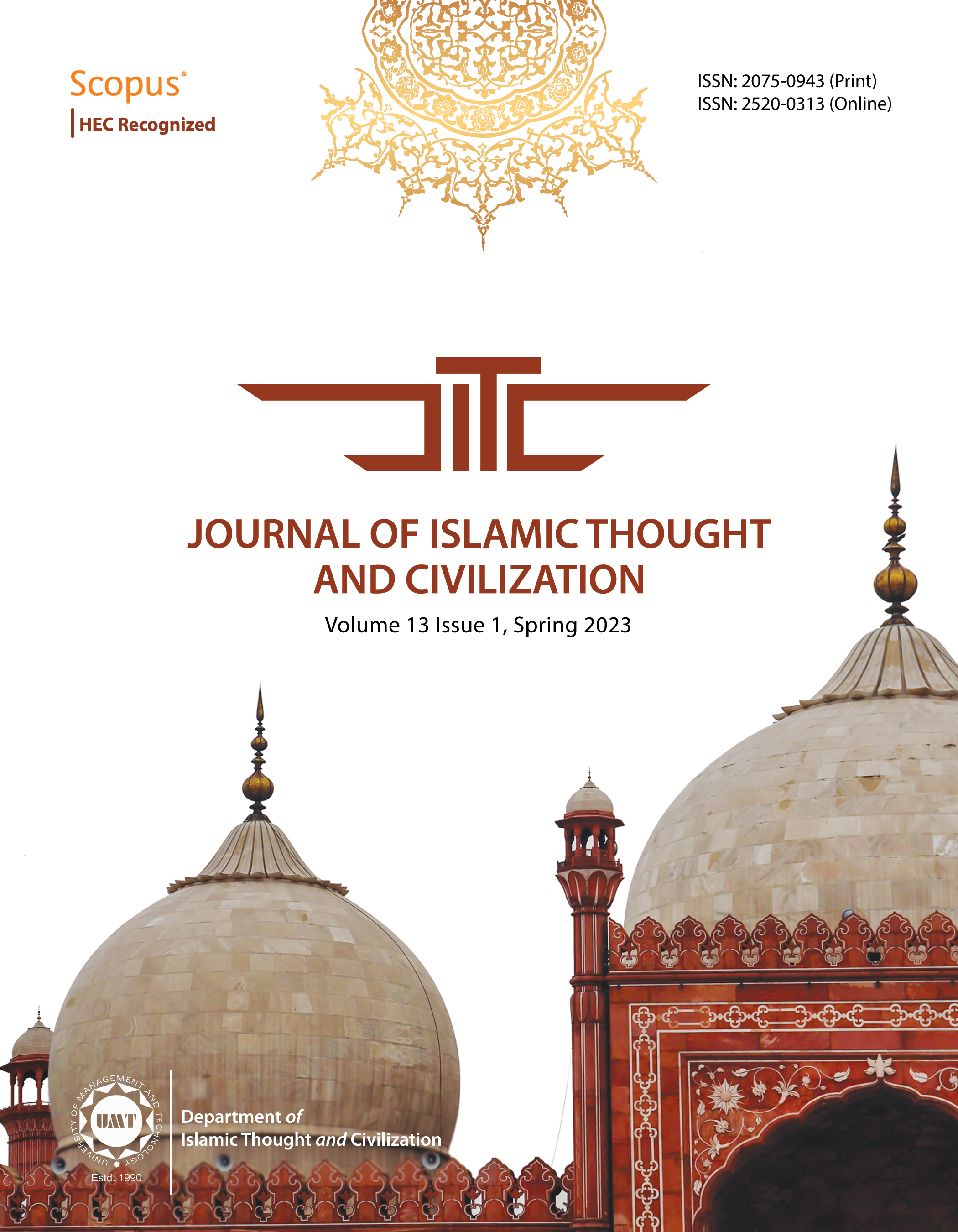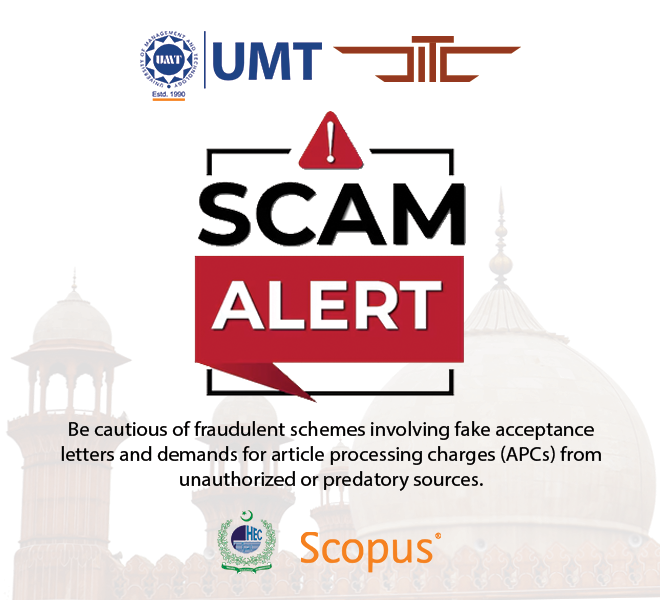Religious Pluralism and Harmony among Buddhist - Muslim Communities Living in East Lampung, Indonesia
Abstract
 Abstract Views: 82
Abstract Views: 82
Village communities are usually homogeneous, so the presence of other groups often leads to rejection. In addition, the nature of the majority-minority relationship within the prevailing religious and ethnic background has the potential to cause conflict. However, the people of Sumber Sari village, East Lampung have successfully eluded such a conflict. This paper strives to show the interaction between religious communities that are positively intertwined. It uses a case study approach with a purposive sample. The unit of analysis remains the community of Sumber Sari village, East Lampung, consisting of Buddhists, Muslims, religious leaders, and community leaders. The archives of the Office of the Ministry of Religion of East Lampung Regency are also a source of secondary data in this study. Objectively, harmony in Buddhist and Muslim societies occurs in three forms. Firstly, internal harmony exists in the Buddhist society between assemblies, manifested in joint worship. Secondly, the harmony between the Buddhists and the Muslims is manifested in tahlilan/syukuran, kenduren suroan, and other activities. Thirdly, the relationship with the government can be maintained properly because of the belief that development can work if there is harmony in the community. This study also has certain limitations since it involves only two of the six official religions in Indonesia, namely Islam, Protestantism, Catholicism, Hinduism, Buddhism, and Confucianism. However, a picture of harmony between the two religions is depicted in this study.
Downloads
References
Biyanto. Pluralisme Keagamaan dalam Perdebatan: Pandangan Kaum Muda Muhammadiyah [Religious Pluralism in Debate: Views of Muhammadiyah Youth]. Malang: UMM Press, 2009
Coward, Harold. Pluralisme Tantangan Bagi Agama-agama. terj. Bosco Corvallo [Pluralism: Challenge to World Religions. Translated by Bosco Corvallo]. Yogyakarta: Kanisius, 1989
Djam’annuri. Agama Kita: Perspektif Sejarah Agama-Agama (Sebuah Pengantar) [Our Religion: A Historical Perspective of Religions (An Introduction)]. Yogyakarta: Kurnia Kalam Semesta and Lembaga Studi Filsafat Islam, 2002.
Eck, L. Diana. “Frontiers of Faith: Religious Pluralism And Our Common Future”. Lectured at Stendhal Memorial Lecture, Stockholm, October 14, 2012: 1–17.
Geertz, Clifford. Abangan, Santri dan Priyayi dalam masyarakat Jawa. terj. Aswab Mahasin [Abangan, Santri and Priyayi in Javanese society. Translated by Aswab Mahasi]). Jakarta: Pustaka Jaya, 1989.
Hardiman, F. Budi. “Sekularisme, Liberalisme dan Pluralisme (Sekularism, Liberalism and Pluralism)”. Buletin Kebebasan Vol. 5 No. 3 (2007): 170–184.
Husin, Khairah. “Peran Mukti Ali dalam Pengembangan Toleransi Antar Agama di Indonesia (Mukti Ali's Role in Developing Interfaith Tolerance in Indonesia).” Jurnal Ushuluddin 21, No. 1 (2014): 101–120.
Jan, Azizullah., Ashfaq U. Rehman, Ahmad Hassan Khattak, and Ihsan Ullah Khan. “Association of Religious Activities and Social Interaction of Christian and Sikh minorities with Muslims in Pakistan.” Journal of Islamic Thought and Civilization Vol. 9 No. 2 (2019): 233–252. DOI: https://doi.org/10.32350/jitc.92.12
Khotimah. “Dialog dan Kerukunan Antar Umat Beragama (Dialogue and Harmony Between Adherents of Religion)”. Jurnal Ushuluddin Vol. 17, No. 2 (2011), 214-224.
Kosasih, Aceng. “Inter-Religious Harmony.” 1st UPI International Conference on Sociology Education (UPI ICSE 2015): 1–2.
Kristianto, Aris. “Pluralisme Agama Di Indonesia: Studi Tentang Tipologi Pluralisme Agama Nonindifferent Pada Keputusan Fatwa Mui Nomor 7 Tahun 2005 [Religious Pluralism in Indonesia: A Study on the Typology of Non-Indifferent Religious Pluralism in MUI's Fatwa Decree No. 7 of 2005]”. (Ph.D diss., UIN Sunan Ampel), 2018.
Mardiana, Dina., Muhammad Yusuf, and Asyraf Isyraqi Jamil. “Religious Harmony Construct Amid A Plural Community in East Jawa”. Karsa: Journal of Social and Islamic Culture Vol. 28 No.2 (2020): 192–210. DOI: https://doi.org/10.19105/karsa.v28i2.3777
Miles, M. B., A.M Huberman, dan J Saldana. Qualitative Data Analysis, A Methods Sourcebook, Edition 3. USA: Sage Publications, 2014.
Munhanif, Ali. Menteri-Menteri Agama RI: Biografi Sosial-Politik [Indonesian Ministers of Religious Affairs: Socio-Political Biography]. Jakarta: Badan Litbang Agama Departemen Agama, 1998.
Nazi, Muhammad Zaman., Abdur Rashid Qadri, and Farman Ali. “The Role of Religion in Establishing Peaceful Coexistence in Society.” Journal of Islamic Thought and Civilization 8, No. 2 (2018): 163-182. DOI: https://doi.org/10.32350/jitc.82.10
Nazmudin, N. “Kerukunan dan Toleransi Antar Umat Beragama dalam Membangun Keutuhan Negara Kesatuan Republik Indonesia (NKRI) [Harmony and Tolerance Between Religious People in Building the Unitary State of the Republic of Indonesia (NKRI)].” Journal of Government and Civil Society 1 No. 1 (2018): 23-39. DOI: https://doi.org/10.31000/jgcs.v1i1.268
Nugroho, Kandung Sapto., Muhammad Adnan Rahayu, and Hardi Warsono. “The Governing Organizing of Indonesian Religious People Harmony: Lessons from Cilegon Banten.” Journal of Governance 7 Issue 1, (April 2022): 24-36. DOI: https://doi.org/10.31506/jog.v6i3.13811
Rofiqoh, Lani., and Aris Suherman. “Peran Pendidikan Ilmu Pengetahuan Sosial dalam Membentuk Karakter Pluralis Siswa di MTSN 11 Cirebon [The Role of Social Science Education in Shaping the Pluralist Character of Students at MTSN 11 Cirebon].” Edueksos 6 (2017): 135-148. DOI: https://doi.org/10.24235/edueksos.v6i2.3160
Rusydi, Ibnu., and Siti Zolehah. “Makna Kerukunan Antar Umat Beragama Dalam Konteks Keislaman dan Keindonesian [The Meaning of Inter-religious Harmony in the Context of Islam and Indonesianness]”. Al-Afkār: Journal for Islamic Studies Vol. 1 (2018) No.1: 170-181.
Sarkawi. “The Gait of the Religious Harmony Forum (FKUB) in Making Harmonization Between Religions in Aceh Singkil Regency.” Muharrik: Jurnal Dakwah dan Sosial 4 No. 2 (2021): 411-452. DOI: https://doi.org/10.37680/muharrik.v4i02.869
Sopyan, Imam., Pepen Irpan Fauzan, and Ahmad Khoirul Fata. “Religious Harmony, Godly Nationalism, and The Limits of State-Sponsored Interreligious Dialogue Agenda In Indonesia.” Islamika Inside: Jurnal Keislaman dan Humaniora Vol. 6 No. 2 (2020): 31-53. DOI: https://doi.org/10.35719/islamikainside.v6i2.113
Syafar, Djunawir. “Building Religious Harmony among Young Children: Experience from Indonesian Elementary School.” Walisongo: Jurnal Penelitian Sosial Keagamaan 27 No.1 (2019): 199-219. DOI: https://doi.org/10.21580/ws.27.1.2726
Ulfaturrohmatiririn, Zahro. “Managing Plurality To Boost Harmony among Religious Adherents in Indonesia.” Aplikasia: Jurnal Aplikasi Ilmu-ilmu Agama 21 No. 2 (2021): 137-146. DOI: https://doi.org/10.14421/aplikasia.v21i2.2550
Valter, Stéphane. “Religious conflicts, political fights: Turmoil in the Middle East, pragmatism in Southeast Asia.” Journal of Islamic Thought and Civilization 8 No. 1 (2018): 01-23. DOI: https://doi.org/10.32350/jitc.81.01
Zuo’an, Wang. “Religious Harmony: A Fresh Concept in the Age of Globalization”. Procedia - Social and Behavioral Sciences 77 ( 2013 ): 210–213. DOI: https://doi.org/10.1016/j.sbspro.2013.03.080
Copyright (c) 2023 Rahmat Saehu, Ibnu Hasan Muchtar

This work is licensed under a Creative Commons Attribution 4.0 International License.

This work is licensed under a Creative Commons Attribution 4.0 International License. Authors retain copyright and grant the journal right of first publication with the work simultaneously licensed under a Creative Commons Attribution (CC-BY) 4.0 License that allows others to share the work with an acknowledgement of the work’s authorship and initial publication in this journal.








